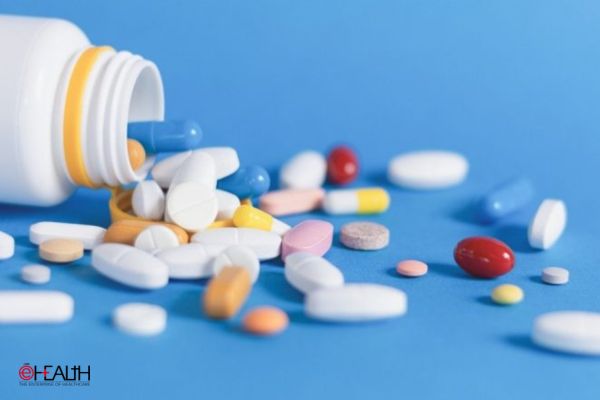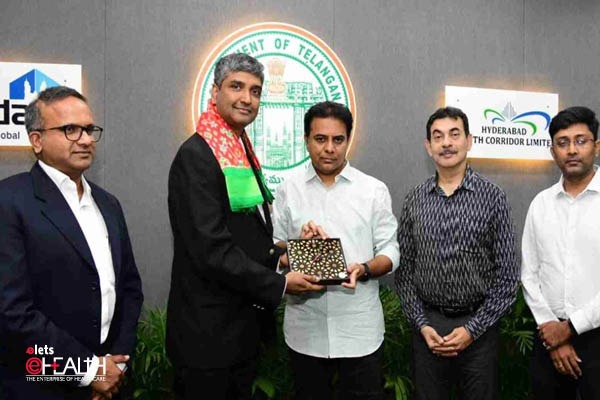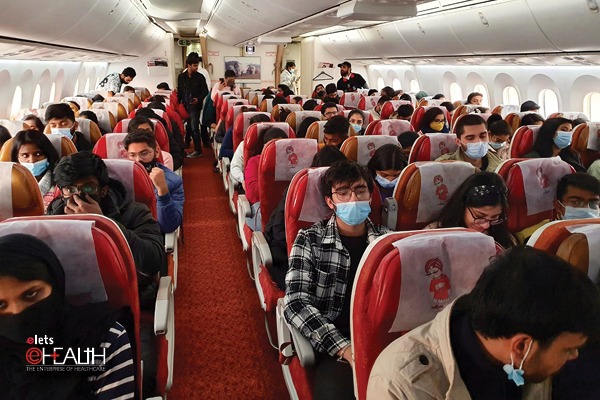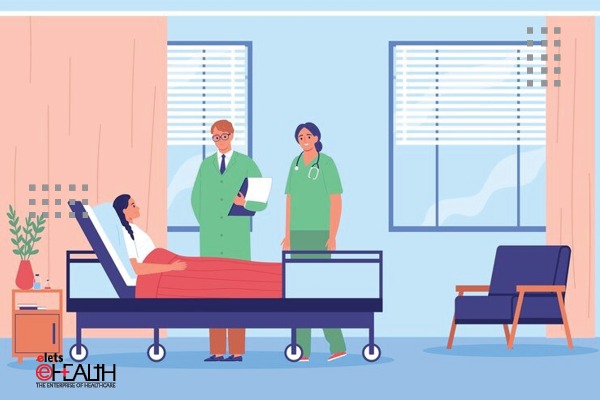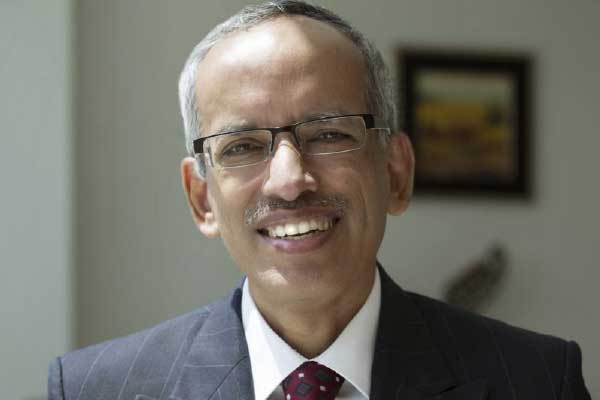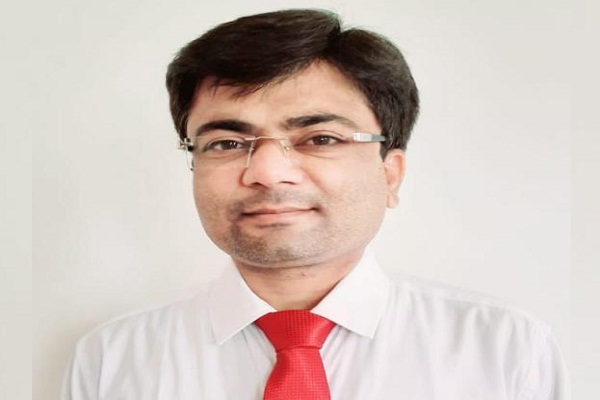 Telehealth can bridge the hospital infrastructure and service gap in India and promise quality healthcare to all. As a step forward in this direction, Telemedicine Society of India (TSI) will launch the first-of-its-kind Tele-Health Report of India at Telemedicon 2011 conference to be held from November 11-13 in Mumbai
Telehealth can bridge the hospital infrastructure and service gap in India and promise quality healthcare to all. As a step forward in this direction, Telemedicine Society of India (TSI) will launch the first-of-its-kind Tele-Health Report of India at Telemedicon 2011 conference to be held from November 11-13 in Mumbai
There exists a vast disparity in the quality and availability of healthcare services in urban and rural areas in India. Inadequacies in Indias healthcare infrastructure have led to severe gaps in rural areas, despite the fact that 70 percent of Indians live in rural India. Urban India has 5 to 7 times the number of hospitals, dispensaries, hospital beds, and physicians per 100,000 people than there are in rural India. The Telemedicine Society of India (TSI) has worked arduously to encourage and popularise the use and adoption of telehealth across the country. The need for a compendium of knowledge on the history, progress and future of tele-health market in India has been felt for a long time. To fill this knowledge gap, TSI launched the first-of-its-kind Tele-Health Report of India. For the success of telemedicine in India, the pre-requisite remains to be strong collaboration between the technology providers and doctors to ensure the technology deployment, adoption and use occurs seamlessly in any part of the country. This collaborative learning platform has opened new market opportunities and business models for the private sector technology providers in healthcare. So, tele-health in India is an exciting market for the technology providers—although currently at a nascent stage it holds immense growth potential in both rural and urban healthcare delivery systems in India.

 TELE-HEALTH: A REALITY
TELE-HEALTH: A REALITY
According to the estimates of TSI, the current market size of Telemedicine in India is estimated to be around US$ 250-300 million and potential market could be as big as US$ 2 billion. This is only a conservative estimate, considering the nascent stage of the technology adoption by hospitals and doctors in India; however the full potential of the telemedicine market could be realised in the future with better adoption.
In recent years, mobile health or (mHealth) with mobile as a device for healthcare delivery has emerged as an important sub segment of the field of electronic health (eHealth). Now, mHealth and eHealth are linked to improve health outcomes and their technologies. For example, many eHealth initiatives involve digitising patient records and creating an electronic backbone that ideally will standardise access to patient data within a national system. mHealth programmes would serve as the access point for entering patient data into national health information systems and as remote information tools that provide information to healthcare clinics, home providers, and health workers in the field. While there are many stand-alone mHealth programmes, it is important to realise the potential of mHealth for supporting broader eHealth initiatives.

The succinct summary of telehealth as per the United States Centre for Technology Leadership (CTL) (2007) is bringing the collective wisdom of the whole medical system to any patient anywhere. More formally, the National Health Information Management Advisory Council (NHIMAC, 2001) provided the definitions of ehealth, telehealth and tele-medicine. e-health is the combined use of electronic communication and information technology (digital data transmitted, stored and retrieved electronically) for clinical, educational and administrative purposes, both at the local site and at a distance. Tele-health is that subset of e-health that includes the application of information technology and tele-communications for diagnostic and treatment services, educational and support services and the organisation and management of health services (including health information management and decision support systems).
EVOLUTION TRAIL
Telemedicine was invented by NASA in the 1960s as a way to monitor astronaut health on space missions. Today, it is used to electronically exchange medical information among patients, clients and health providers, creating greater access to medical uation and improving patient care.
Electronic medical data, such as high resolution images and live video, are transferred through a variety of telecommunication technologies, from fibre optics and satellites to a simple telephone line. A growing number of medical specialties rely on telemedicine to serve patients in areas such as adult rehabilitation, dermatology, emergency services, home healthcare, nephrology, pathology, pediatrics, perinatology, primary care, psychiatry and radiology.
POPULAR APPLICATIONS
Tele-radiology is currently the most developed telemedicine service area globally, with just over 60 percent of responding countries offering some form of service and over 30 percent of countries having an established service .While the proportion of countries with any form of services range from almost 40 percent for tele-dermatology and telepathology to approximately 25 percent for tele-psychiatry, the proportion of countries with established services in those three areas was comparable at approximately 15 percent.
 mHealth applications have tremendous potential in both developed economies as well as developing countries such as India. With over 850 million mobile phone subscriptions in India, mHealth can certainly play a pivotal role in delivering healthcare services across geographically dispersed population
mHealth applications have tremendous potential in both developed economies as well as developing countries such as India. With over 850 million mobile phone subscriptions in India, mHealth can certainly play a pivotal role in delivering healthcare services across geographically dispersed population
Vishal Gupta
Vice President and GM
Global Healthcare Solutions Unit, Cisco
TELEMEDICINE IN DEVELOPING COUNTRIES
Telemedicine applications have successfully improved the quality and accessibility of medical care by allowing distant providers to uate, diagnose, treat and provide follow-up care to patients in less-economically developed countries. They can provide efficient means for accessing tertiary care advice in underserved areas. By increasing the accessibility of medical care, telemedicine can enable patients to seek treatment earlier and adhere better to their prescribed treatments, thereby improving the quality of life for patients with chronic conditions. As a leading International healthcare policy expert, Rajendra Pratap Gupta says, The biggest issues in healthcare today are ignorance about diseases and ignoring diseases when you have one and mHealth certainly provides a promise of being a cost effective platform to address ignorance by information dissemination and address ignoring by providing remote care and follow up care to masses anywhere, anytime. The beauty of the mHealth is that, it does not need a skilled doctor onsite and thus takes the fear away from the users.
The survey examined four fields of telemedicine-
|
As a leader in the technology platform for Tele-health applications, Vishal Gupta, Vice President and GM, Global Healthcare Solutions Unit, Cisco said, mHealth applications have tremendous potential in both developed economies as well as developing countries such as India. With over 850 million mobile phone subscriptions in India, mHealth can certainly play a pivotal role in delivering healthcare services across geographically dispersed population. Improving access by bringing healthcare services to the patients location will result in a dramatic improvement in the quality of life and health of the people. Treating patients in their homes and communities, with access to expert care, through mobile technology could be advanced by using newer technologies like 3G. mHealth has been effectively used in variety of use case scenarios such as patient education, awareness creation, remote data collection, sms reminders and notifications, disease surveillance and Health worker training etc. Given the early field trials and success stories, mHealth is certainly well positioned to address 21st Century healthcare challenges.
Table1: World Health Organization (WHO) survey for four most popular areas of telemedicine.
Teleradiology Telepathology Teledermatology Telepsychiatry |
Established 33% 17% 16% 13% |
Pilot 20% 11% 12% 5% |
Informal 7% 9% 7% 5% |
No Stage Provided 2% 4% 3% 1% |
Total 62% 41% 38% 24% |
| Source: WHO Telemedicine (Opportunities and development in member states) report, 2010 | |||||
Table 2: Comparison of Healthcare Expenditures across Countries for 2009
Indicator HealthCare Expenditure (% of GDP) Govt. Healthcare to Total Healthcare Expenditure Govt. Healthcare to Total Govt. Expenditure |
India 4.8% 21.3% 4.4% |
China 5.8% 33.7% 10.0% |
SriLanka 3.7% 48.7% 6.0% |
Thailand 4.4% 69.7% 17.1% |
USA 14.6% 44.9% 23.1% |
THE FUTURE- MOBILE HEALTHCARE
mHealth can be understood as a term for collectively describing use of electronic information and communication technology in the healthcare sector. This refers to technology used across the value chain in healthcare industry from clinical trials, educational, research, and administrative purposes, both at the local site and across geographies or regions. It has the potential to improve efficiency in healthcare delivery, extend the healthcare to rural areas, provide better quality of healthcare at a lower cost, enhance use of evidence-based medicine, stress on preventive healthcare, empower patients and consumers, and support to smooth relationships between patients and health professionals.
In this divided India, the arrival of tele-health brought the best of the doctors and renowned specialist accessible to remote villagers, needy and poor patients. The Telemedicine practice was initiated in Lucknow and Chennai in 1997. In Kerala, first unit of telemedicine was formed at the Medical College Trivandrum in 2003. Recognising the common interest of health and community welfare, telemedicine was promoted for the availability of quality medical services to the needy, irrespective of socio economic and geographic disparities like rural, remote and inaccessible places.
mHealth can embrace modern technology to widen healthcare accessibility in rural India and can be a solution for Indias healthcare woes. A vast country like India, with a population of over 2 billion across 28 states and 6 Union Territories and governed by a federal system, needs affordable healthcare.
As Rajendra Pratap Gupta says It is a fact that has not been accepted by policy makers that it is nearly impossible under the current rural infrastructure and payment terms to get good doctors to work in rural India. In addition, building healthcare facilities and maintaining them in rural India is financially unviable. So, it will always be an ad hoc arrangement and a highly subsidised one and that is not a lasting solution. Rural India needs to extensively leverage the 3G and WIMAX technology and adopt preventive care model to avoid pain, suffering and high cost of healthcare Potential key applications of mHealth include education and creating awareness, remote data collection, communication and training for healthcare workers, disease and epidemic outbreak tracking, diagnostic and treatment support and remote monitoring, access to technology, end user and healthcare provider acceptance, lack of regulatory issues, logistics and availability of appropriate, need-based, customised solutions are some of the other challenges.
Be a part of Elets Collaborative Initiatives. Join Us for Upcoming Events and explore business opportunities. Like us on Facebook , connect with us on LinkedIn and follow us on Twitter , Instagram.


